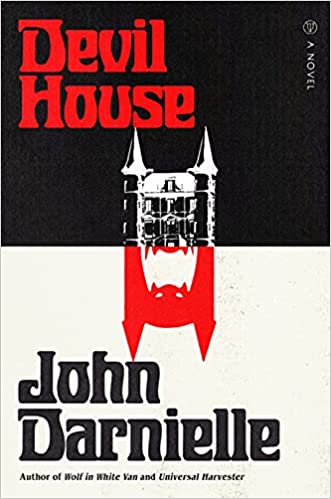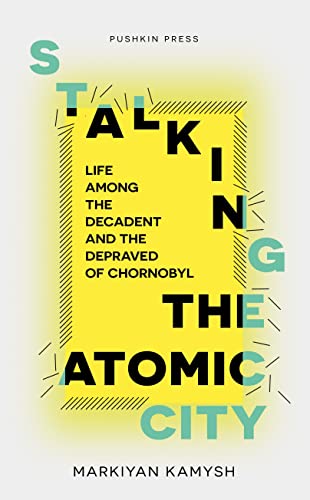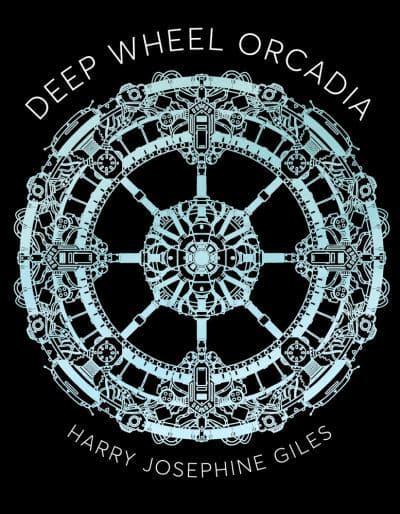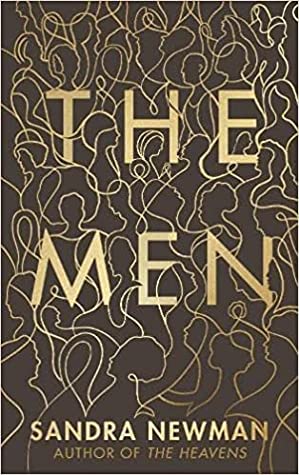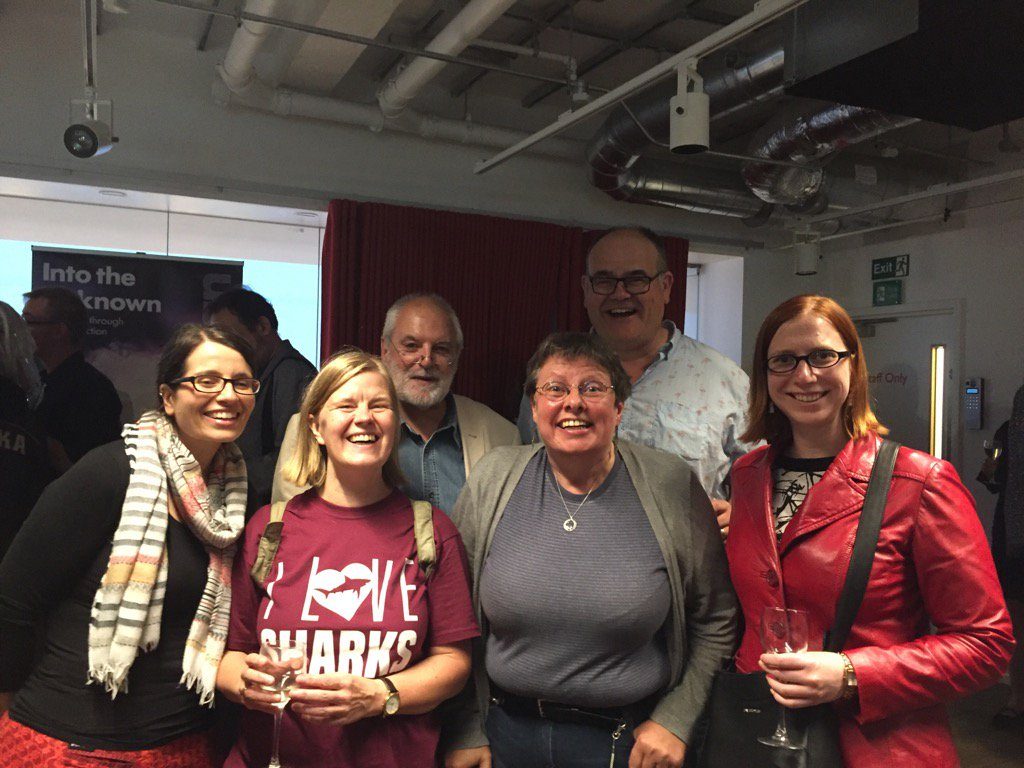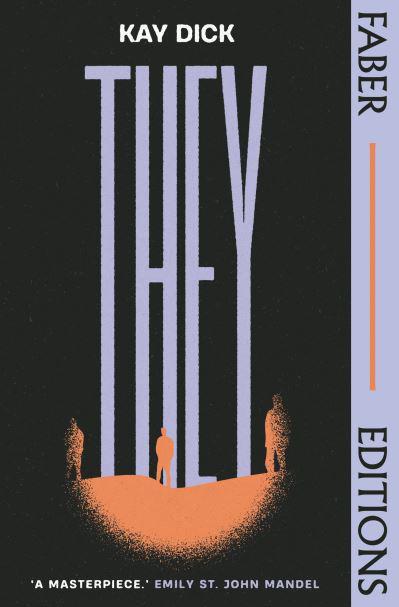I first heard about Todd Field’s new – and now Oscar-nominated – film Tár sometime last year. I was immediately drawn to and excited about it because of its musical theme, and because the trailers looked amazing. The movie has excited controversy from the outset. The first online commentary I came across was written by someone feeling outraged and, as I recall, ‘cheated’ because they discovered after seeing the film that Lydia Tár isn’t a real person. Since then we’ve had claims that the movie is anti-woman, that it’s racist, that it’s working-class-phobic, or something, plus comments from conductor Marin Alsop that the film is ‘offensive’ because it doesn’t portray women conductors in a positive light. I admire Marin Alsop tremendously but confusing one’s own life with that of a fictional character and then being ‘shocked’ that no one thought to tell you about the film sooner? Major eyeroll time. Cate Blanchett’s response to Alsop’s objections is both dignified and intelligent, as one would expect from such a fine actor defending what might just be the greatest performance of her life.
I went into Glasgow to see the film yesterday, and it affected me so powerfully that I kept waking up in the night still thinking about it. Todd Field’s script is brilliant. The film is musically literate to a degree that filled me with relief as well as delight. The history of the Berlin Phil – itself no stranger to controversy over the decades – and the peculiarly oppressive hierarchies of the classical music world are treated with candour and without scruple. Tár’s own musical insights, expressed though they are with brutal disdain for dissenting opinion, are clear-eyed, passionate and musically astute.
But while there has been some intelligent commentary on the film – for anyone interested, this piece stands more or less in alignment with my own views on how the movie relates to contemporary discourse on cultural power structures – what typically has not been talked about anywhere near enough is the film as film. In terms of its narrative, Tár is both a magisterial character study and a brilliant dissection of the corrupting influence of power. The film’s imagery and narrative devices are both extraordinary and richly compelling in conveying these aspcts.
From early on in the movie we are given a sense of the precarious balance in Lydia Tár between power and fragility. Tár’s whole life has come to be about control, not just on the podium but in her personal relationships and in her environment. The pressure of maintaining control is, as the film opens, about to become still more destabilising as the result of the dramatic intrusion of external circumstances. Lydia attempts to control these, too – and it is precisely when her panicked, jumbled, ill-conceived manipulations prove insufficient that the slide towards breakdown begins. We see how Tár’s sleep is repeatedly disturbed, not by noisy neighbours or street traffic but by sounds inside her apartment – a ticking metronome, white noise coming from inside the fridge – so minute they would not even be registered by most people. Tár’s innate vulnerability to these recurrent disturbances serve not only to highlight her sensitivity as a musician, but to indicate her increasing paranoia.
Tár comes increasingly to believe that she is being watched – that the sounds inside her apartment are being deliberately triggered, that someone has stolen her practice score, that books and papers have been moved or misplaced. While there is no overt evidence of this – the film leaves it open – the suggestion that she is being sabotaged comes increasigly to dominate Tár’s mind. The scene in which Tár goes in search of the orchestra’s new cellist, Olga Metkina, gives us a startling and horrific visual snapshot of her crumbling mental reserves as we pass from a normal Berlin streetscene into a dilapidated pre-WW2 back courtyard, piled with rotting mattresses and overflowing rubbish sacks. The sudden shift is both a literal revelation – under what conditions exactly are more junior members of the orchestra forced to exist? – and a metaphorical insight into the reality of Tár’s relationships and aspects of her past she is desperate to keep hidden.
Is Tár really attacked, there in that place? As with the sounds in her apartment, we never find out for sure, though the creeping horror of that particular film sequence comes back to us again and again as Lydia spirals towards her downfall, both public and private. We see how in the toxic mirror-world she has created for herself, the music itself cannot be enough. Separated from the power and influence it has bestowed on her, even the memories of what she once had are no longer real memories but cardboard tokens, literal and symbolic, of the self that has been destroyed.
‘You don’t seem to know who you are or where you’ve come from or where you’re going’, her brother says, as we enter the nightmarish final twenty minutes of the film, a hallucinatory shift in realities so sudden and so brutal I kept expecting it to be revealed as a dream. Here, the film turns to the language of nightmare – dissociation, jump cuts, appalling situations, queasy lighting and a sense of total disempowerment – to entrap us together with Lydia within a world so far removed from where we started out it gives us the sense of having been removed to another planet… And those who have seen the film will understand the ellipsis.
Tár will not win Best Picture – Oscar typically runs scared of controversy, and a win for this film in that category would no doubt trigger all kinds of ridiculous reactions – but I live in hope that Todd Field might at least win Best Original Screenplay, and Cate Blanchett Best Female Actor. Tár is original, provocative and demanding film-making of a kind all too rarely seen outside the arthouse, and deserves due credit. In a scene early on, Lydia Tár speaks of the orchestral conductor’s ability to halt time, to hold it in abeyance. It says something then, that throughout the film’s 2 hours and 40 minutes’ duration I did not find myself tempted to look at my watch, not even once. Tár undoubtedly takes its time, but it is time marvellously spent.
